Getting Started with Mooring Lines
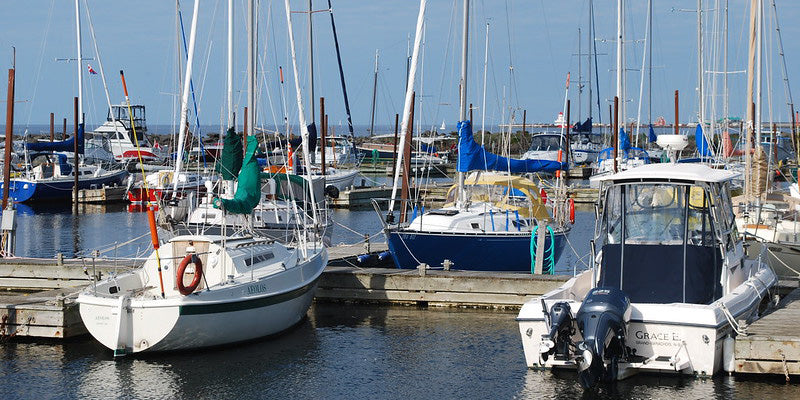
Mooring lines are the lines used to tie up your boat. You should have these lines ready to use whenever you’re preparing to dock, raft up with another boat or preparing to lash onto any other structure. Don’t use old, worn out rigging lines or other frayed ropes you may have lying about. Mooring ropes are your boat’s lifeline to security, and they should be properly sized and made of the proper material.
What’s The Right Line To Use For Mooring?
Mooring line should be made of nylon, so it has the proper strength and stretch needed to hold adequately your vessel safely in place. Nylon has the strength needed and stretches to absorb shock. Generally speaking, you need 1/8 inch of line diameter for every 9 feet of boat length.
How Do I Use Mooring Lines?
If you have a permanent dock, you need to determine the lengths of line you need to secure your boat to the dock. You’ll have a bowline, a stern line and you may have spring lines. Once you’ve determined the lengths, cut them and finish the end to avoid fraying. You’ll permanently tie them to the appropriate boat cleats so they’re always ready to use. Coil them neatly and secure the coil to the nearest safety rail post, cleat or other easily accessible spot.
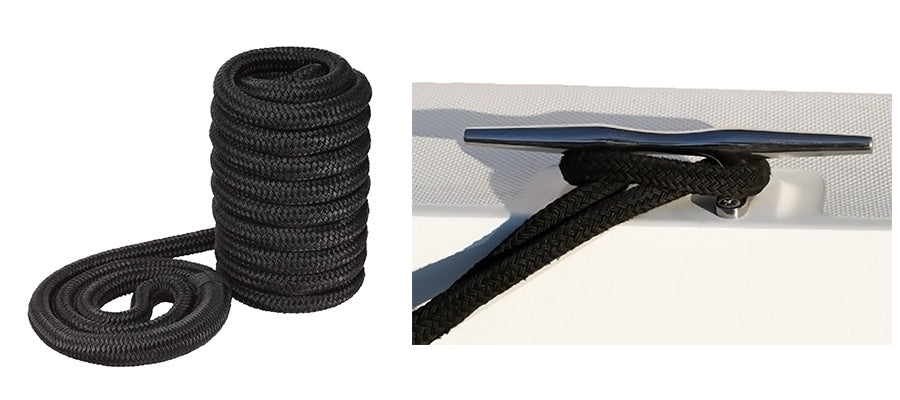
Transient mooring ropes are spare lines you should have available if you’re tying off on the opposite side of your permanent lines or in any other unusual situation. They should have an eye splice to make tying up easier and should be long enough to accommodate any docking situation.
How Do I Care For My Mooring Lines?
You should prevent any chaffing to your lines. If they unavoidably rub against something, you should cover the area with a leather, fabric or rubber chafe sleeve.
If you sail in salt water, you should periodically rinse your mooring ropes in fresh water to remove salt crystals from the line. When lines become really soiled, put them in old pillowcases and wash them in a washing machine with soap and fabric softener. This keeps them bright and soft.

Published
Recent Posts
Windlass Problems? Common Issues and How to Fix Them
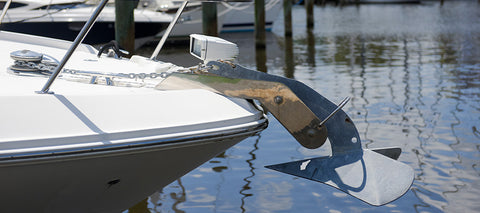
Let's look at common issues with windlasses and how to address them:
1) Windlass Won’t Run in Either Direction
2) Solenoid Clicks, but Windlass Won’t Move
3) Windlass Lacks Power to Haul the Anchor
4) Rode Gets Jammed or Doesn’t Come In
Our history: a 20 year journey

Boat Cleaning Tips for Anglers: Keeping Your Vessel Spotless and Pristine

Avast, Ye Mariners! Master the Art of Docking: A Swashbuckling Guide for Boaters
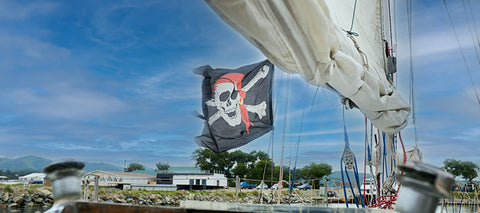
Top Reasons to Keep a Boating Maintenance Log
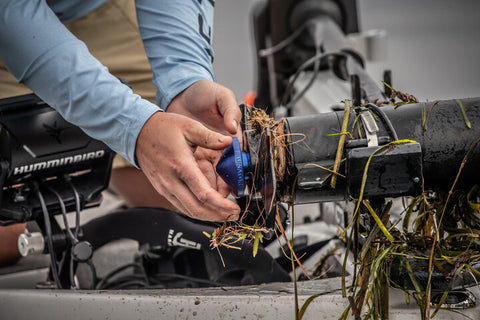
4 Top Tips for Buying a New-to-you Used Boat
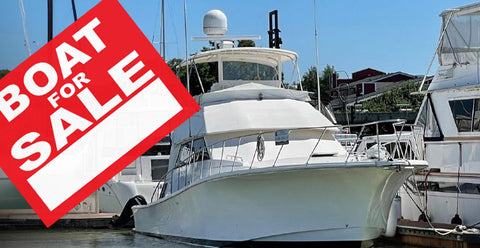
Bent Boat Anchor Shank: Common Causes and Prevention Tips

Prepare Your Boat For An Above Average Hurricane Season
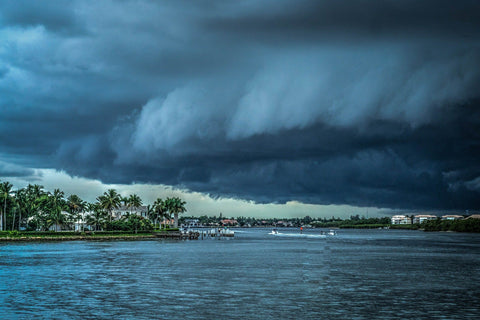
Best Methods For Anchoring Your Jet Ski in Deep or Shallow Water
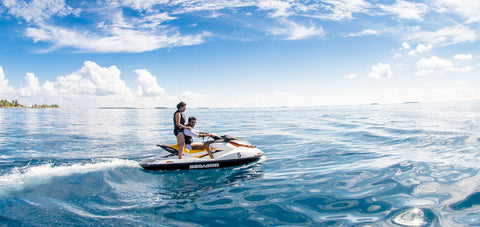
Best Options For Connecting Your Boat To WiFi Internet
